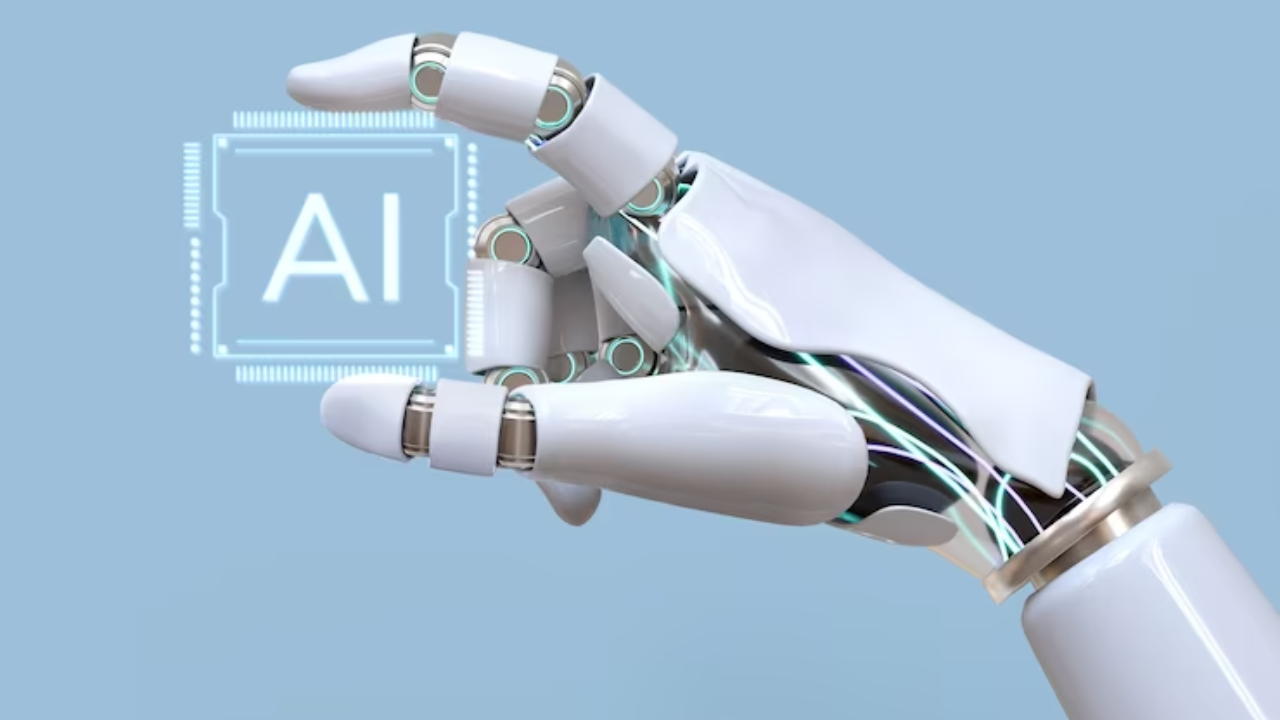
Staying ahead of cyber attacks has become a massive undertaking in the ever-changing field of cybersecurity. The adversaries’ attacks are becoming more complex, and they are becoming more difficult to identify and mitigate. Traditional security methods are having difficulty keeping up. This is where artificial intelligence (AI) and machine learning (ML) can be effective allies in the fight against cyber threats.
Understanding AI and Machine Learning
Before delving into how AI and machine learning are altering cybersecurity, it’s critical to understand the following terms:
AI (Artificial Intelligence):
The simulation of human intelligence processes by machines, particularly computer systems, is referred to as AI. It includes tasks such as problem-solving, natural language interpretation, pattern recognition, and learning from experience.
Machine Learning (ML): ML is a subset of artificial intelligence that focuses on the development of techniques that allow computers to learn and make predictions or judgements without being explicitly programmed. It is data-driven and uses it to improve its performance over time.
AI and ML in Cybersecurity
The use of AI and ML in cybersecurity is a game changer. Here are a few examples of how these technologies are improving our ability to guard against cyber threats:
1. Threat Detection and Prevention
AI and ML are particularly adept at analysing large datasets in real-time. This feature is used to detect and prevent threats. ML algorithms can detect anomalies in network traffic, highlighting potentially malicious activities that traditional rule-based systems may miss. These algorithms become more successful at detecting potential risks by continuously learning from new data.
2. Behavioral Analysis
Cybersecurity is no longer limited to identifying known dangers; it must also detect aberrant behaviour. AI and machine learning can create a baseline of normal behaviour for individuals, devices, and networks. Any changes from this baseline may result in an alert. This behavioural analysis aids in the detection of insider threats, in which authorized users may become malicious.
3. Phishing Detection
Individuals and organizations are both concerned about phishing attempts. AI-powered systems can detect phishing attempts by analyzing email content, sender behaviour, and other characteristics. ML models can also learn to recognize new phishing techniques, increasing detection rates.
4. Automated Response
AI and ML can enable automatic responses to threats. When a possible threat is discovered, these systems can execute specified measures to reduce or eliminate the hazard. This decreases response time, which is critical in preventing harm in the event of a cyberattack.
5. Vulnerability Management
AI can assist businesses in identifying and prioritizing vulnerabilities in their systems and apps. Machine learning algorithms can evaluate the risk associated with each vulnerability, allowing organizations to spend resources for patching and mitigation more efficiently.
6. User Authentication
Face recognition and fingerprint scanning, for example, are becoming increasingly secure and frequently used AI-based biometric identification systems. These methods are not only convenient but also difficult to spoof by malevolent actors.
The Challenges of AI and ML in Cybersecurity
While AI and ML offer significant advantages, they also come with challenges. Here are a few:
* Data Privacy: AI and machine learning rely on massive volumes of data, therefore guaranteeing the privacy and security of that data is critical.
* Adversarial Attacks: AI is being used by cybercriminals to create more sophisticated assaults. Defenders must anticipate and counter AI-driven threats.
* Bias and Fairness: Biases in the training data can be passed on to ML models. It is critical to ensure that AI systems are fair and transparent.
Conclusion
The incorporation of AI and ML into cybersecurity is game-changing. These technologies offer proactive threat detection, faster response times, and more intelligent defence against an ever-changing threat landscape. Their success, however, is dependent on ongoing learning and adaptability. To effectively safeguard their digital assets in an increasingly digital world, organizations must invest in AI and ML skills and stay up to date on the newest breakthroughs. As the struggle between cyber attackers and defenders heats up, AI and ML will play an increasingly important role in maintaining our digital security.
To summarize, AI and ML are more than just buzzwords in cybersecurity; they are the future of defence in the digital age. Adopting these technologies is not an option; it is a requirement for preserving our digital environment.








